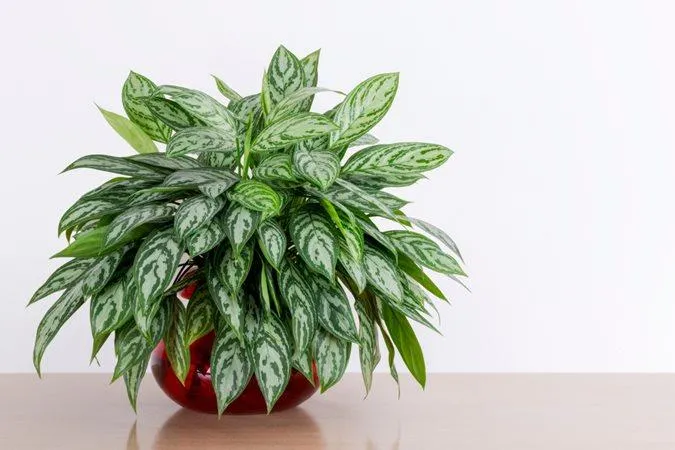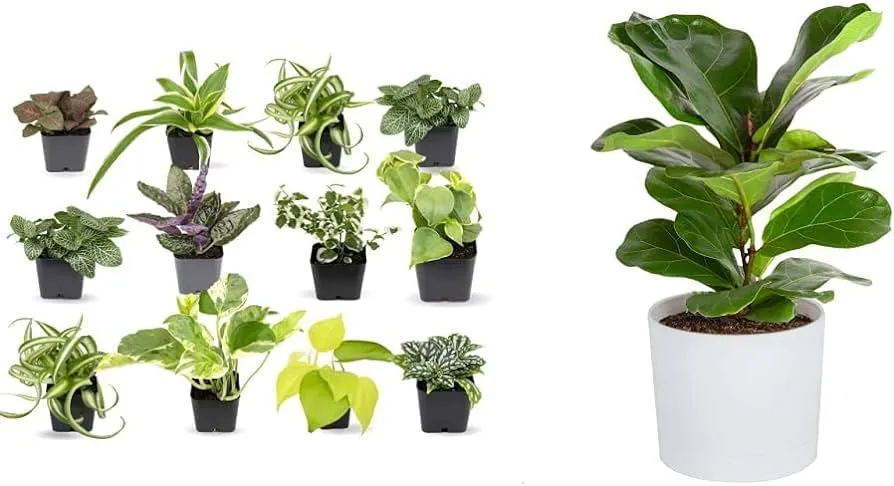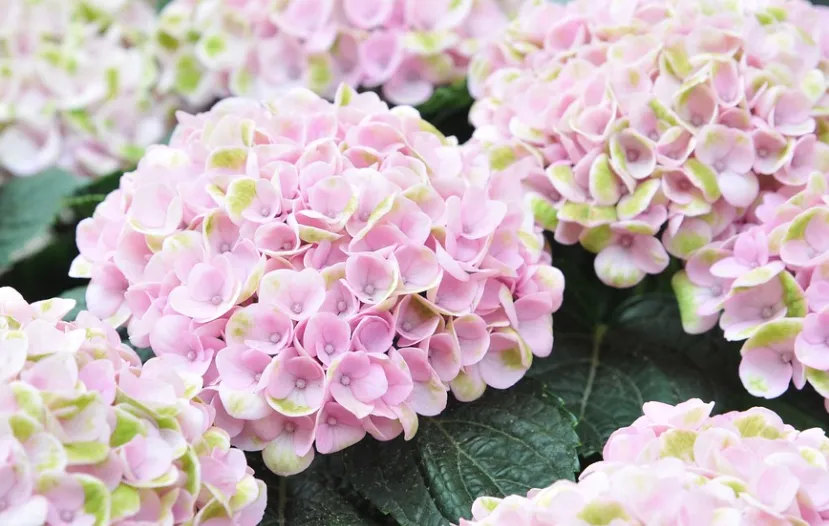The Best House Plants for Your Florida Home
If you live in the Sunshine State, you know that Florida’s subtropical climate can make keeping house plants thriving an interesting challenge. Between the heat, humidity, and occasional storms, indoor plants have different needs than in cooler regions. But with the right varieties carefully selected, you can enjoy gorgeous greenery indoors year-round. In this guide, I’ll help you choose low-maintenance plants perfectly suited to Florida conditions.
Consider Plants that Love the Humidity
Since Florida’s air tends to be quite humid even without rainfall, moisture-loving plants will really prosper inside your home. Some top options to consider include:
- Peperomia: With their colorful, succulent-like foliage, peperomias actually prefer high humidity levels. They come in many varieties suited to medium-to-bright indirect light.
- Ferns: As long as humidity stays above 40%, ferns will stay wonderfully green. Button, bird’s nest, and Boston ferns adapt well to life indoors.
- Philodendrons: With their vining or compact forms, philodendrons are hard to beat for tropical flair. Look for ‘Brasil’, ‘Micans’, and heartleaf varieties.
In my experience, peperomias are among the lowest maintenance choices for Florida homes since they thrive on neglect. I have three types thriving on a north-facing porch with only rainfall as their “watering.”
Go for Drought-Tolerant Options Too
While humidity lovers will stay happiest, you’ll also want plants equipped to handle fluctuations in moisture. A few foolproof drought-tolerant plants include:
- Snake plants: With their stiff, upright leaves striped or solid green, snake plants can go two weeks between waterings with no ill effects.
- ZZ plants: Their thick, waxy leaves allow ZZs to store water, so they’re very forgiving when you forget to water regularly.
- Pothos: Golden or variegated “Neptune” pothos trail attractively while being very resistant to over- and under-watering issues.
I have a big snake plant that has survived everything from long Florida summers to cold snaps – it’s basically indestructible! Meanwhile, ZZ plants were a lifesaver during a house renovation when I couldn’t water for over a week with no problems.
Opt for Low or Medium Light Options
Given Florida’s intense sunshine, direct sun pouring through windows can scorch more delicate plant leaves. Choose plants rated for low or medium light conditions. Other top choices in this category include:

- Chinese evergreens: With colorful foliage in shades like red, green, or variegated, they thrive in low light.
- Peace lilies: Their white blooms and dark, glossy leaves mean peace lilies clean indoor air very effectively in low lighting.
- Cast iron plant: As its name suggests, this variety can survive considerable neglect and very low light.
I have a big south-facing bedroom window where practically nothing grew until I tried a Chinese evergreen – it’s thriving there for over 5 years now with no special care!
Look for Florida-Friendly Edibles Too
Why not grow some herbs or other edible plants to complement your home’s greenery? Several varieties will produce indoors in Florida with minimal effort, like:
- Basil: With its aromatic leaves, sweet basil is challenging to grow outside during summers but does beautifully on a sunny windowsill.
- Thyme: A compact bushy herb, thyme tastes delicious in cooking and tolerates moderate neglect.
- Lemon balm: This lemony herb’s fragrance lifts your spirits whether you’re using or just looking at the leaves.
I keep several herb pots on my kitchen counter swapped out seasonally. Basil, thyme, and lemon balm have all provided tasty harvests with just a weekly watering – so easy!
Factor in Pest and Disease Issues
Florida warmth suits many pests like spider mites and scales. Consider pest-resistant plant varieties like:
- Ponytail palms: Their tough, braided leaves are not a tasty snack for bugs.
- Jade plants: While other succulents may struggle, jades hold their own against pests in my house.
- Chinese evergreens: In over 5 years, I’ve never seen pests bother my large specimen.
However, even traditionally “pest-proof” plants may have issues sometimes. For example, my ponytail palm developed an infestation of spider mites after spending months in a low-light area recovering from sunburn – who knew?! Trial and error will help you determine the most durable varieties for your space.
Consider Low-Maintenance Container Gardening Too
If floor space restrictions apply or rearranging is desired periodically, container gardening makes indoor plants highly flexible. Several excellent compact options for containers include:

- Hoyas: Their waxy heart-shaped leaves trail attractively from baskets in bright light.
- Chinese money plants: Known for their lucky coin-shaped leaves in compact form, these tolerate low light well.
- Tradescantia zebrina: With purple-backed purple-green striped leaves, this variety grows densely yet remains compact.
I’ve kept hoyas, tradescantias, and chinese money plants thriving for years in portable baskets moved around as needed. It’s like getting extra greenery without commitment to a spot!
Consider Style and Décor Complementing Your Space
Finally, think about how the plants will blend in aesthetically. Foliage shapes, sizes, and colors can all tie into your home’s existing design elements. For example:
- Dusty miller’s silvery leaves pair nicely with monochrome gray décor.
- Ctenanthe burle-marxii’s dark burgundy leaves pop against light walls.
- Green, grassy green spider plants soften more modern spaces with their oval leaves.
I prefer purchasing plants that complement my mid-century modern furniture for a cohesive look. Consider your style and vision to select plants feeling at home!
With all these tips in mind, you can definitely grow amazing house plants suited to the unique Florida climate all year round. Choose low-maintenance varieties, monitor growing conditions, and enjoy your relaxing indoor jungle oasis. Let me know if any other plant questions come up!
Common Houseplants for Florida Homes
| Plant | Light Needs | Water Needs | Notes |
|---|---|---|---|
| Pothos | Low to Medium | Allow soil to dry out between waterings | Hardy and tolerant of low light. Great for bedrooms. |
| Philodendron | Medium to Bright | Water when top inch of soil is dry | Large leaves come in many varieties. Toxic to pets. |
| Peace Lily | Medium | Water when top inch of soil is dry | Fragrant white flowers. Indicator plant–drooping leaves mean it’s thirsty. |
| Snake Plant | Low | Allow soil to dry out completely | Hardy, toxic to pets. Thrives on neglect. |
| ZZ Plant | Medium to Bright | Water when top inch of soil is dry | Low maintenance. Bold green leaves very drought tolerant. |
FAQ
-
What kind of house plants do well in Florida?
Plants that like humidity and indirect sunlight are best for Florida homes. Some good options are peace lilies, zz plants, snake plants, pothos, and Chinese evergreens. Ferns also thrive in Florida’s climate.
-
Do house plants need special care in Florida?
You’ll want to water Florida house plants more often than in other regions since the warm climate causes quicker evaporation. It’s basically a good idea to check the soil daily and water when the top inch is dry. Also, many plants benefit from occasional humidity with a pebble tray.

-
Should I use fertilizer on my indoor plants?
Fertilizing house plants in Florida once a month during the growing season helps them stay green and healthy. However, you want to use a dilute solution according to package directions to avoid burning the roots. Too much of a good thing can cause problems! Go light on the nutes.
-
What kinds of plants should I avoid?
Tropical plants that need consistently high humidity, like orchids, can struggle in average Florida homes. Succulents and cacti also fare better outdoors due to our climate. Certain kinds of ferns and spider plants don’t do so hot either. Maybe opt for more tolerant tropicals.
-
How often should I repot my plants?
As a rule of thumb, repot annually or when roots start circling the nursery pot. Signs it’s time include slowed growth, wilting, or soil that just feels really jam-packed. Repotting in spring is best so plants have time to establish before summer. Go up one size for good root development.
-
What’s the best way to water plants?
For most house plants in Florida, watering until it drains out the bottom is the way to go. This prevents soil diseases. However, some folks think watering from above stresses the plant. Perhaps a pebble tray or watering globes are better as they increase humidity too. There’s more than one right way.
-
How can I attract butterflies to my garden?
Planting nectar-rich flowers is a surefire way to lure butterflies. Options include pentas, lantana, butterfly bush, salvias, and rainbow plant. Add a water source too. Don’t forget to avoid pesticides that can harm these fascinating winged friends and pollinators. With the right plants, your yard may be bustling with butterflies!
-
What’s the easiest plant to care for?
For low-effort gardening, consider pothos or philodendrons. Snake plants and ZZs are almost impossible to kill too – the perfect “set it and forget it” plants. Peace lilies and Chinese evergreens also forgive missed waterings.English ivy thrives on neglect. Just give these sturdy gals regular TLC and they’ll reward you with beautiful greenery for years.

